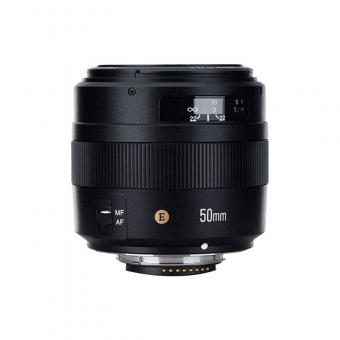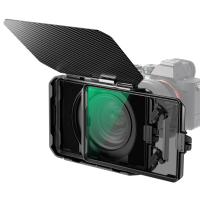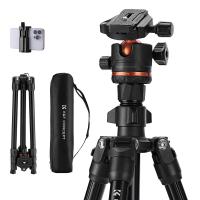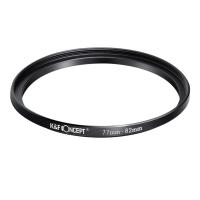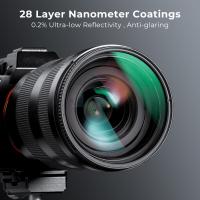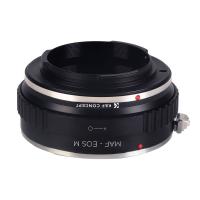Are Digital Cameras Coming Back ?
Digital cameras never really went away, but they have faced competition from smartphones with increasingly advanced camera capabilities. However, there is still a demand for dedicated digital cameras among photography enthusiasts, professionals, and those who prioritize image quality and versatility. Manufacturers continue to innovate and release new models with improved features, such as higher resolution, better low-light performance, and advanced autofocus systems. Additionally, the rise of mirrorless cameras has brought new options to the market, offering compact size, interchangeable lenses, and high-quality image output. So, while smartphones have become the primary camera for many people, digital cameras still have a place and are evolving to meet the needs of different users.
1、 Advancements in smartphone camera technology
Advancements in smartphone camera technology have undoubtedly revolutionized the way we capture and share moments. With each new smartphone release, manufacturers strive to improve camera capabilities, resulting in high-quality images and advanced features. This has led some to question whether digital cameras are becoming obsolete and if they will ever make a comeback.
While it is true that smartphones have become the go-to device for casual photography, digital cameras still hold a significant place in the market. Professional photographers and enthusiasts continue to rely on digital cameras for their superior image quality, manual controls, and versatility. Digital cameras offer larger sensors, interchangeable lenses, and advanced settings that allow for more creative control and better low-light performance.
Moreover, digital cameras are evolving to keep up with the changing landscape. Many camera manufacturers are incorporating wireless connectivity and smartphone-like features into their devices, bridging the gap between smartphones and digital cameras. This allows users to instantly transfer and share images, control their cameras remotely, and even edit photos using camera apps.
Additionally, the rise of mirrorless cameras has brought a new wave of innovation to the digital camera market. These cameras offer the portability of smartphones while maintaining the image quality and versatility of traditional DSLRs. Mirrorless cameras are becoming increasingly popular among both professionals and amateurs, further solidifying the relevance of digital cameras.
In conclusion, while smartphones have undoubtedly impacted the digital camera market, they have not rendered digital cameras obsolete. Advancements in smartphone camera technology have pushed digital camera manufacturers to innovate and adapt, resulting in devices that offer superior image quality, manual controls, and advanced features. As technology continues to evolve, it is likely that digital cameras will continue to coexist with smartphones, catering to different needs and preferences in photography.
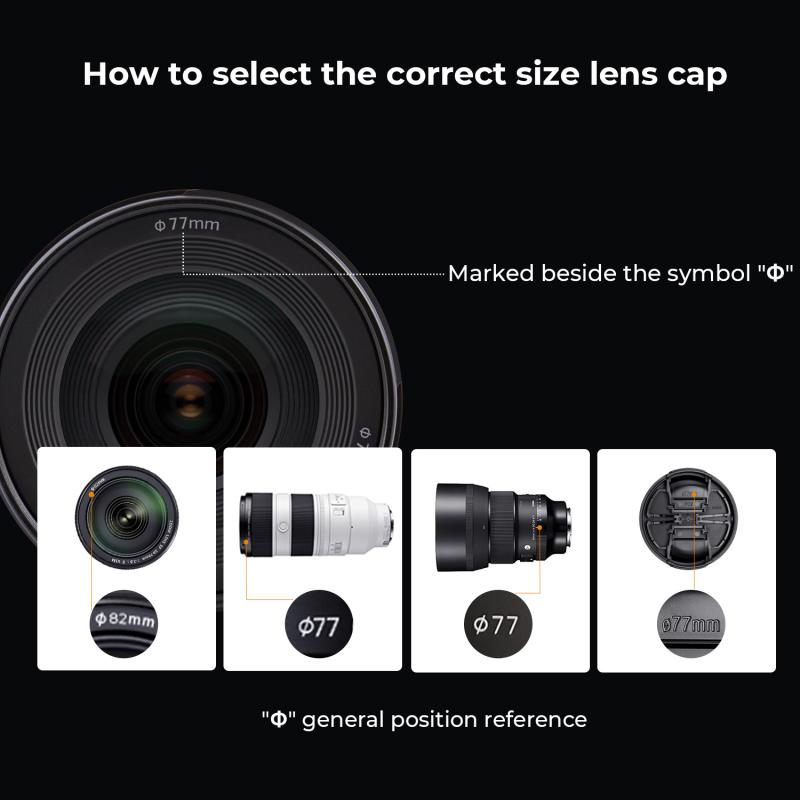
2、 Rise of mirrorless cameras
The rise of mirrorless cameras has indeed been a significant trend in the photography industry in recent years. These cameras have gained popularity due to their compact size, advanced features, and improved image quality. Mirrorless cameras have been seen as the future of photography, offering a viable alternative to traditional DSLRs.
However, this does not necessarily mean that digital cameras are coming back. While mirrorless cameras have gained a strong foothold in the market, DSLRs still have a significant user base and continue to be used by professionals and enthusiasts alike. DSLRs offer certain advantages such as longer battery life, better autofocus performance, and a wider range of lens options.
That being said, the market for digital cameras as a whole has been declining in recent years due to the increasing popularity of smartphones. Many people now rely on their smartphones for casual photography, which has impacted the sales of dedicated digital cameras.
In terms of the latest point of view, it is worth noting that camera manufacturers are constantly innovating and introducing new technologies. Some companies have started to combine the best of both worlds by creating hybrid cameras that offer the benefits of both mirrorless and DSLR systems. These hybrid cameras aim to cater to a wider range of photographers and provide a more versatile shooting experience.
In conclusion, while mirrorless cameras have gained momentum and are considered the future of photography, it is unlikely that digital cameras will make a significant comeback. The market is evolving, and camera manufacturers are adapting to the changing needs and preferences of photographers.
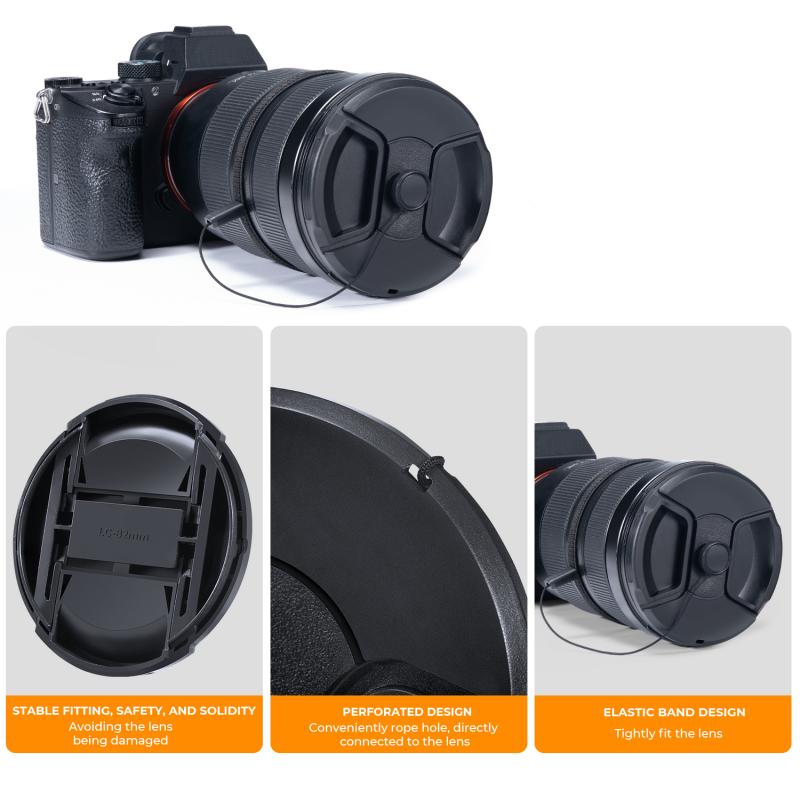
3、 Growing popularity of instant cameras
Growing popularity of instant cameras
In recent years, there has been a resurgence in the popularity of instant cameras, also known as Polaroid cameras. These cameras, which were once considered outdated with the rise of digital photography, are now making a comeback among photography enthusiasts and casual users alike. The appeal of instant cameras lies in their ability to produce physical prints immediately after capturing an image, providing a tangible and nostalgic experience that digital cameras cannot replicate.
One of the main reasons for the resurgence of instant cameras is the desire for a more authentic and tangible photography experience. In a world dominated by digital images that are often stored and forgotten on smartphones or computers, instant cameras offer a refreshing change. The ability to hold a physical print in one's hands and share it with others creates a sense of connection and nostalgia that digital photography cannot replicate.
Furthermore, instant cameras have also become popular among younger generations who are seeking a unique and retro aesthetic. The vintage look and feel of instant prints have become a trendy and fashionable way to capture and share memories. Many instant cameras now come in stylish designs and offer various creative features, such as filters and frames, to enhance the overall photography experience.
Additionally, the rise of social media platforms like Instagram has contributed to the resurgence of instant cameras. Many users are now looking for ways to stand out from the crowd and create more authentic and unique content. Instant cameras provide a way to capture and share moments in a more personal and creative manner, allowing users to differentiate themselves from the flood of digital images on social media.
While digital cameras continue to dominate the photography market, the growing popularity of instant cameras suggests that there is still a demand for a more tangible and nostalgic photography experience. Whether it's for the sake of authenticity, aesthetics, or simply the joy of holding a physical print, instant cameras are making a comeback in the digital age.

4、 Increasing demand for film photography
Increasing demand for film photography.
In recent years, there has been a noticeable resurgence in the popularity of film photography. This trend can be attributed to several factors, including a growing appreciation for the unique aesthetic qualities of film, a desire for a more tactile and hands-on approach to photography, and a nostalgia for the past.
One of the main reasons behind the increasing demand for film photography is the distinct look and feel that film produces. Film has a certain warmth, depth, and graininess that many photographers find appealing. It offers a different aesthetic compared to the crisp and clean images produced by digital cameras. This has led to a renewed interest in film among both professional photographers and hobbyists.
Additionally, film photography provides a more deliberate and thoughtful approach to capturing images. Unlike digital cameras, which allow for instant review and deletion of photos, film forces photographers to carefully consider each shot before pressing the shutter button. This slower and more intentional process can lead to a greater sense of satisfaction and accomplishment when the final images are developed.
Furthermore, film photography has a nostalgic appeal that resonates with many individuals. In an increasingly digital world, where everything is instant and disposable, film photography offers a tangible and lasting medium. It allows people to connect with the past and experience the joy of holding physical prints in their hands.
While digital cameras continue to dominate the photography market, the increasing demand for film photography suggests that there is a place for both mediums. Many photographers now choose to use both digital and film cameras, depending on the desired outcome and creative vision. This hybrid approach allows them to take advantage of the convenience and versatility of digital while still enjoying the unique qualities of film.
In conclusion, the increasing demand for film photography can be attributed to its distinct aesthetic qualities, the desire for a more deliberate approach to photography, and a nostalgia for the past. While digital cameras remain the primary choice for most photographers, the resurgence of film photography indicates that it is not going away anytime soon.









